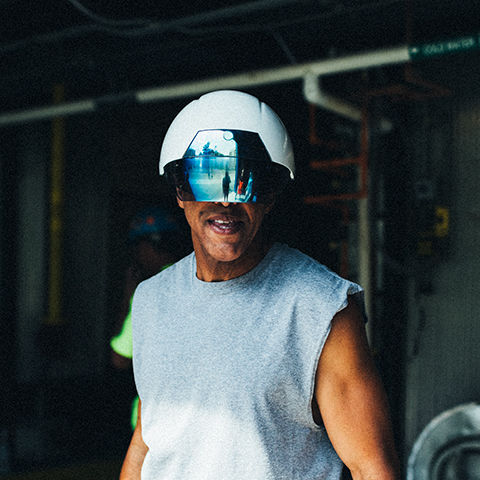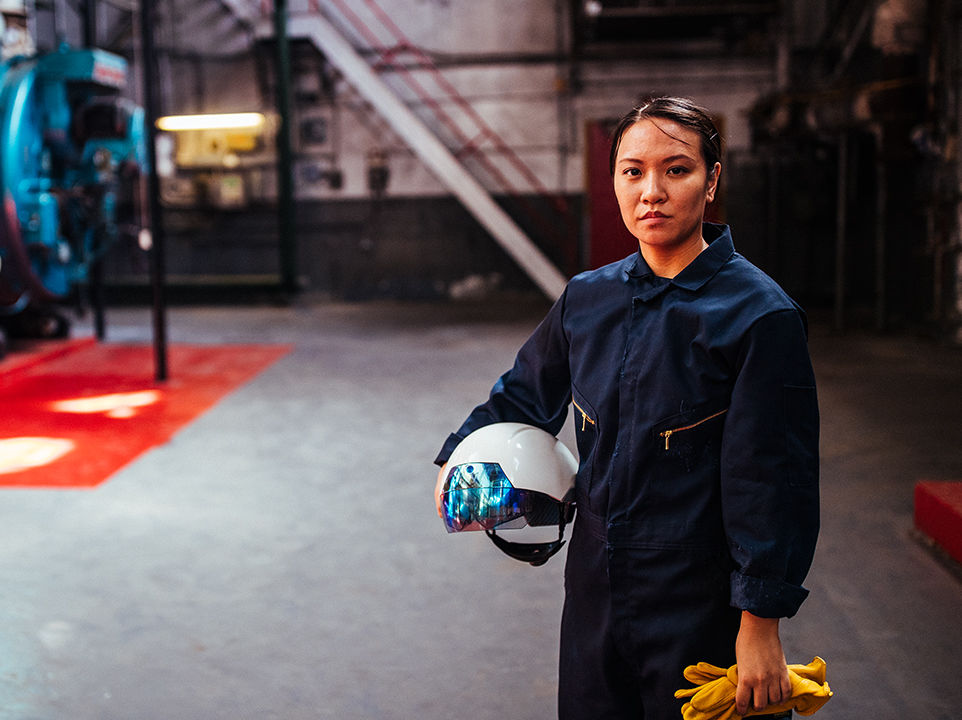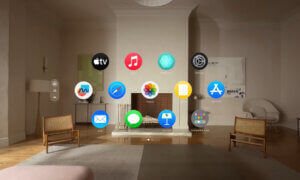Most AR projects and devices (Hololens, RideOn, Ora-X, Zapbox, etc.) are designed for entertainment purposes, with consumers like me and you in the mind. But what about companies? How can corporate clients leverage augmented reality? Siemens and Hyperloop, for example, are using Daqri helmets in the field #realitymagic
Hyperloop and Siemens are just a couple of names AR company Daqri can mention from their business portfolio. Engineers are using their helmets in the field to prevent malfunctions or oversee construction plans. The Daqri helmet started from a regular safety helmet that was equipped with several cameras, sensors and algorithms to show, on demand, plan layers, alerts, instructions and even emergency calls.

Daqri has one wide angle camera for tracking, an integrated RGB camera, stereo infrared cameras, an infrared light projector and a thermal cam to spot potential overheating problems on site. Workers can add accessories to it, like flashlights or gas detectors, through USB ports so they can use their hands freely. “Floating” instructions can help newbie workers learn on the field but they can also be disabled for experienced employees.
The smart AR helmet seems to be successful among partners, as Matt Kammerait, VP of Innovation for Daqri, confessed this year: “We’re supply constrained, not demand-constrained”. Unfortunately, there’s no talking about global release for individual consumers.
Follow TechTheLead on Google News to get the news first.






















